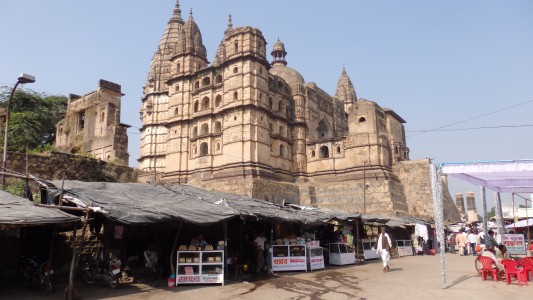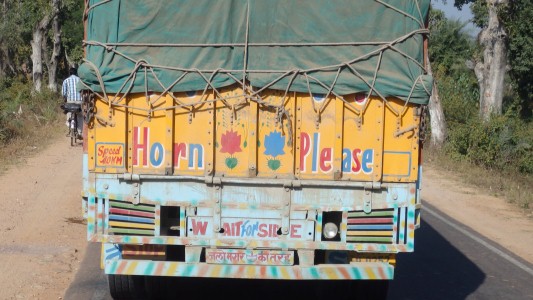
Haven't worked out "Wait for Side".
Not much room for overtaking, we've found it useful at times to follow something bigger than us.
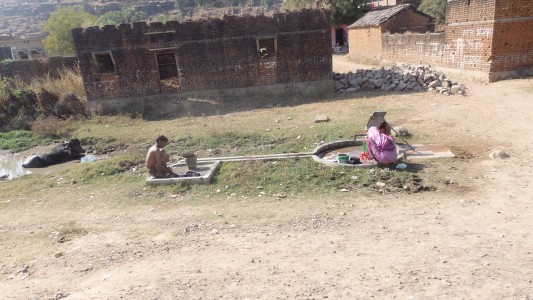
Water for the village.
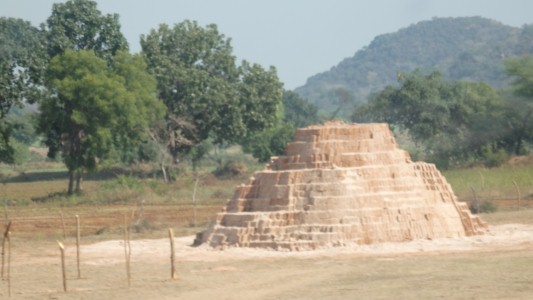
A design of kiln first developed about 4,000 years ago.
One figure has it that 30 million tonnes of coal are used each year in clamps like this.
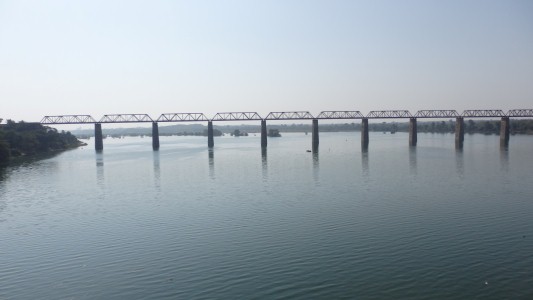
A former capital of the Bundelas.
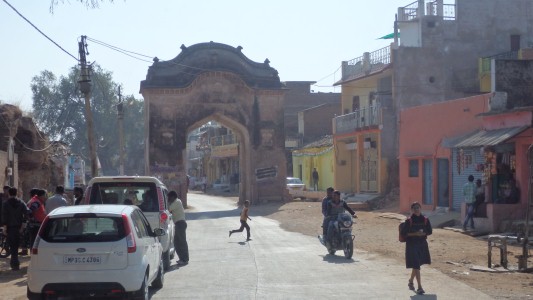
A single main street.
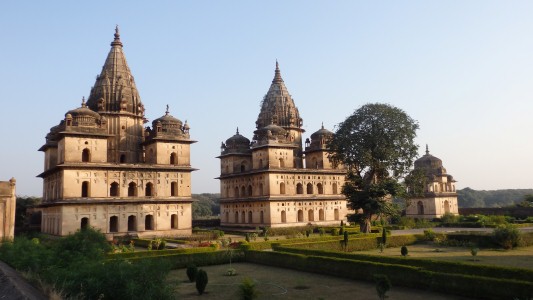
Described as Nagar style architecture, apparently a similar style to Khajuraho.
We didn't get to enter the grounds. The ticket office is more than a km away. A single ticket for lots of attractions.
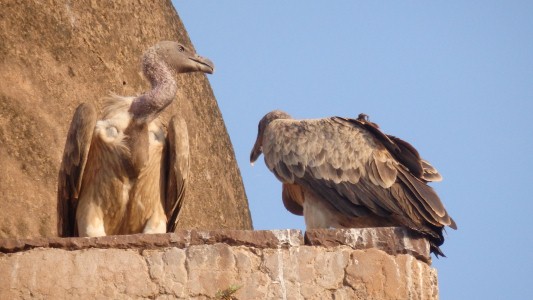
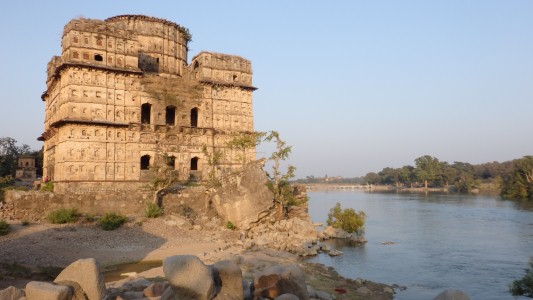
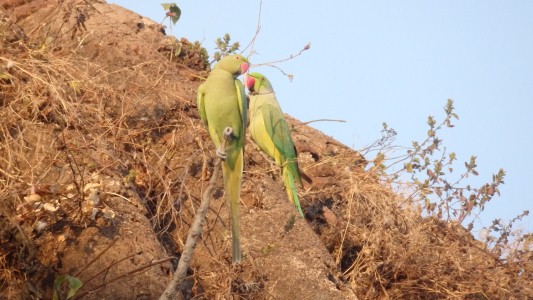
The sound reminded us of home.
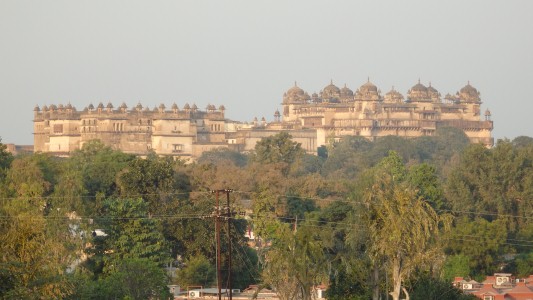
Jehangir Mahal on the right.
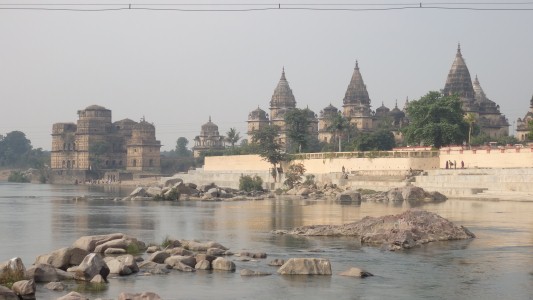
The Bewa Retreat. Another Madhya Pradesh Tourist Authority establishment.
Ready to cross the causeway to the nature park.
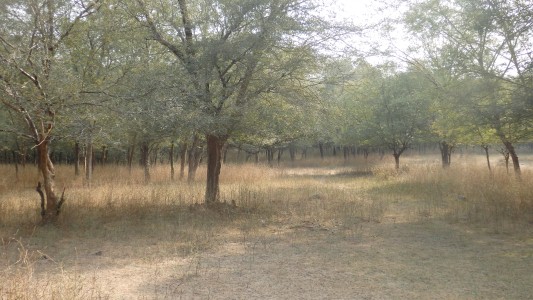
We saw some cattle.
Something has been eating the grass, but nothing we saw.
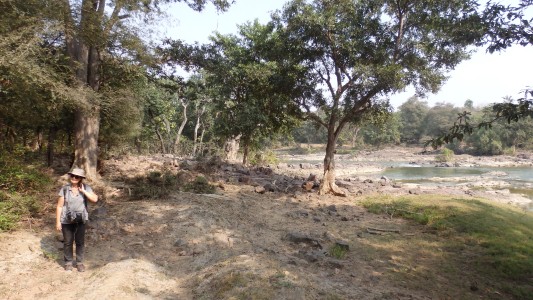
The park is between two rivers.
One is the Jamina River - which has flowed from Agra.


A red tika on the forehead for all religious occasions. It is also the colour of power.
Saffron for fire. Representing purity and religious abstinence.
Yellow for knowledge and learning.
Blue for deities with determination. The ability to deal with situations with stable mind and depth of character.
White is a mixture, of colours, and thus peace, purity, cleanliness and knowledge.
Green for peace, happiness and prosperity.
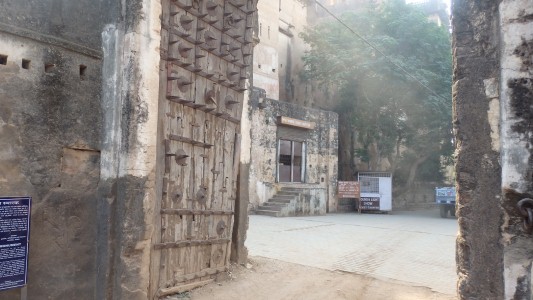
The gate to the Bundela Citadel.
Another island between the rivers.
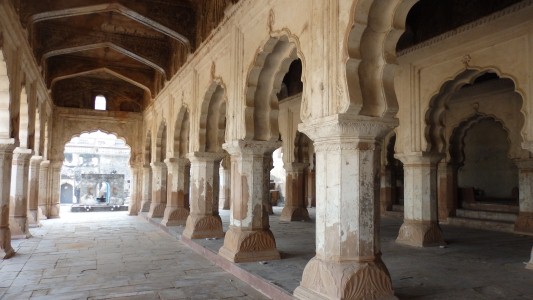
A public meeting place where king met subjects.
Built around 1539.
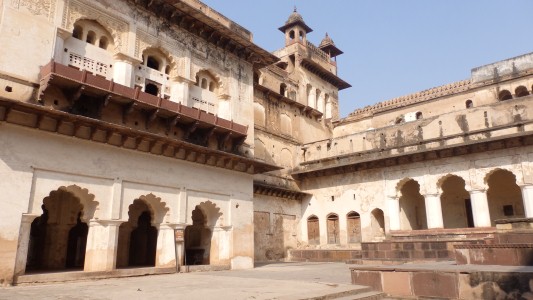
Built about 1538.
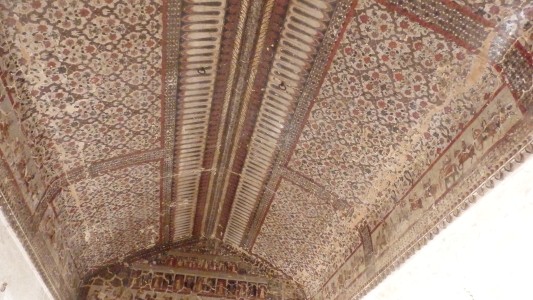


We keep looking for things that can't happen.
The four sides of the courtyard are tiered in the same manner.
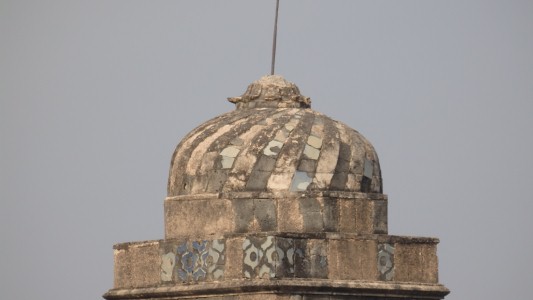
Of blue tiles.
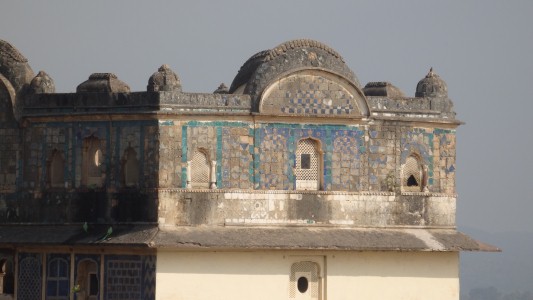
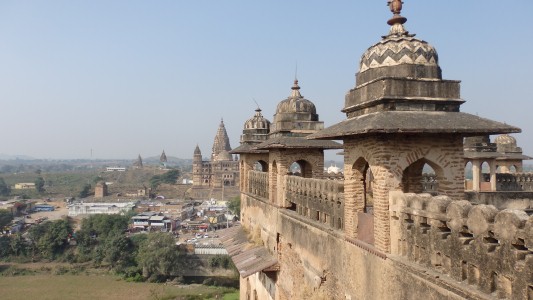
All lined up like peas in a pod!
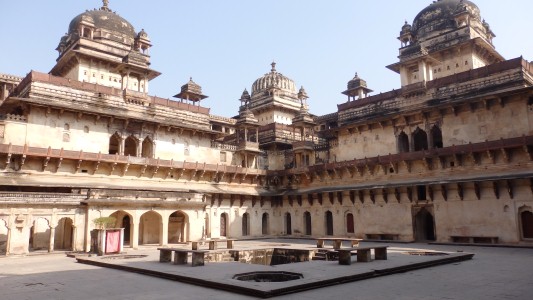
But similar central courtyard.

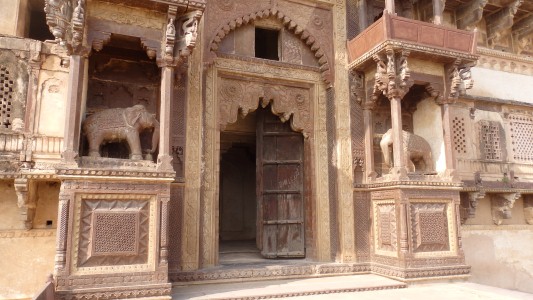
Then found our way out through this front looking gate.
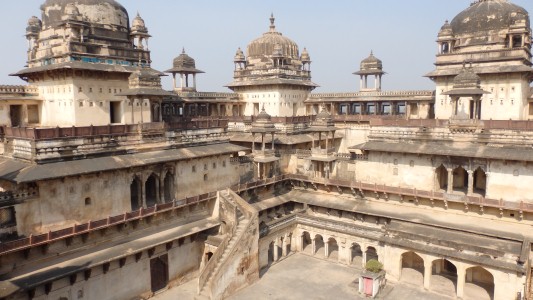
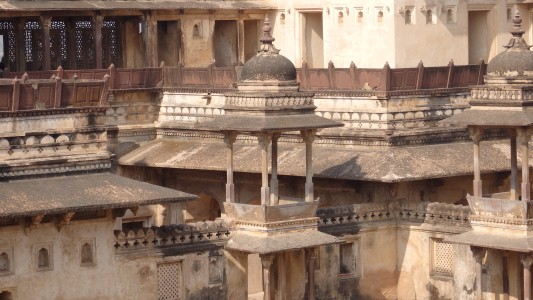
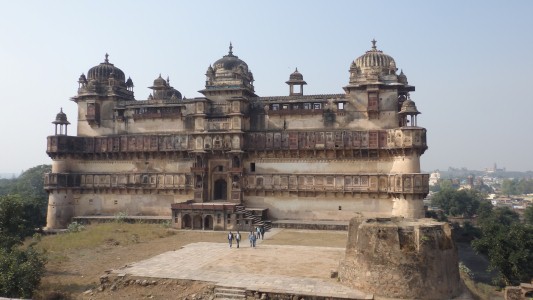
In translation we seem to have 'fort', 'fortress', 'citadel', and no doubt a few other names.
We're guessing basically walled towns with palaces and other buildings inside.
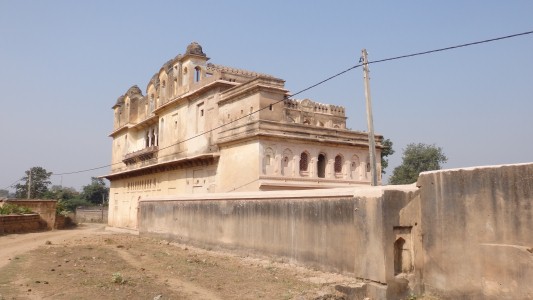
Whatever the consort did, which included poetry, singing and dancing, required a large garden.
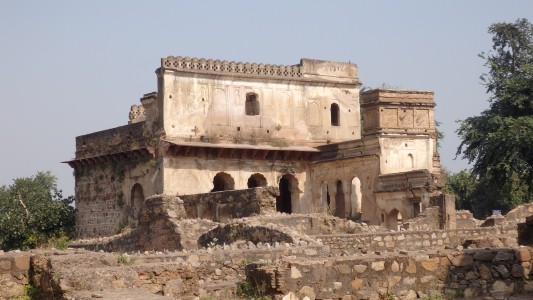

A central dome and four passages forming a cross.
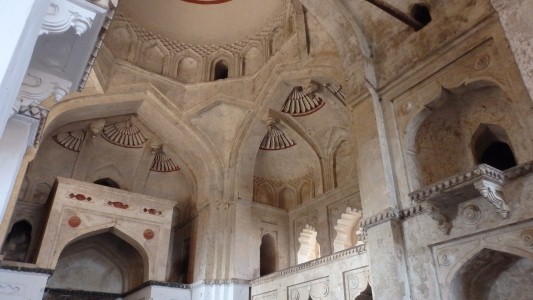
Internally I wonder if its been influenced by the architecture we saw in Istanbul?
